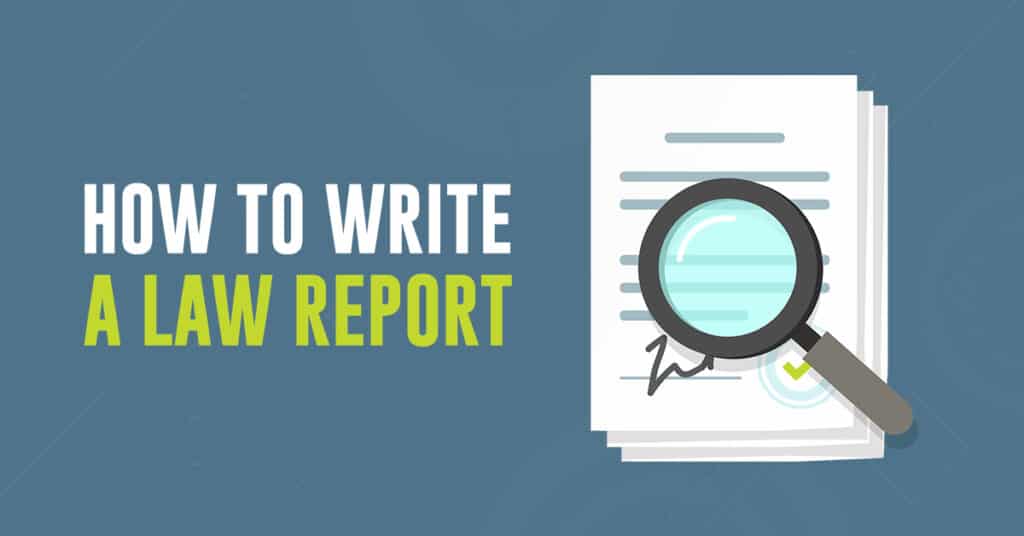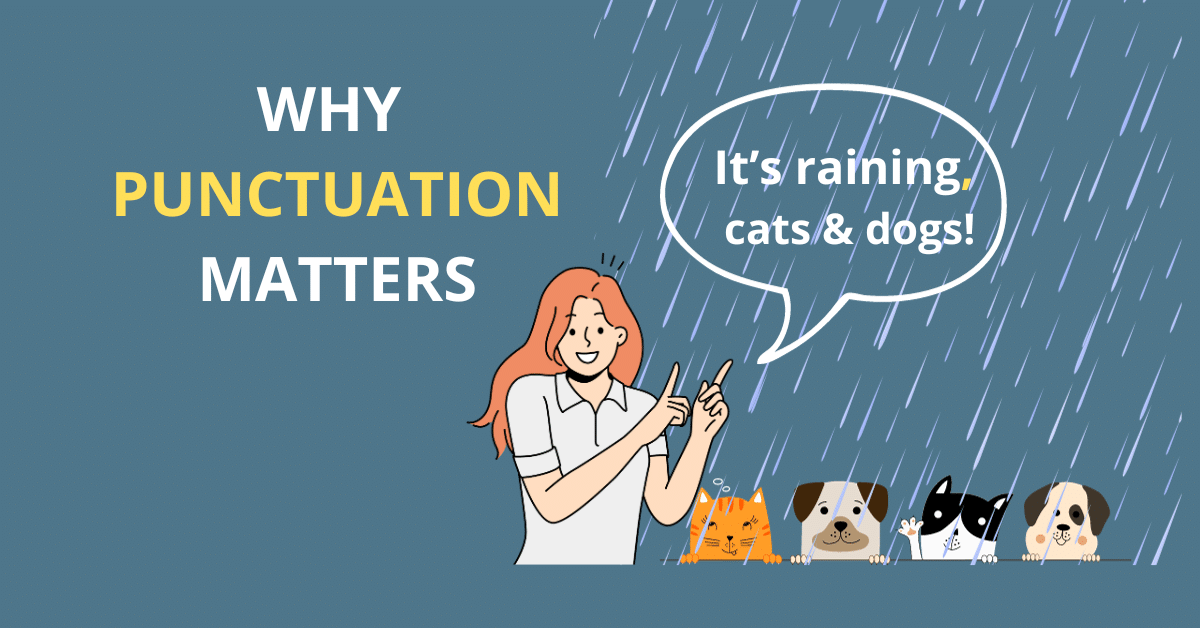Legal reports, also known as legal memorandums, or simply “memos”, are some of the most difficult pieces of text to write.
This is because they often require immense legal expertise, as well as in-depth knowledge of the subject matter in a particular court case or civil dispute.
It is not enough to simply know how to write a legal brief – the writing needs to be case-specific and the facts presented have to be relevant to both parties.
Another factor that comes into play when preparing any document that pertains to legal issues is the difference between legal systems in various countries.
International disputes often require a lot of research and knowledge of the primary sources of law in your targeted countries.
The French legal system, for example, is based around legislation and statutes, which come together to form the basis and primary source of French law. This is fundamentally different from the common law system found in the UK, where collections of previous cases and court practices form the basis around which most legal proceedings revolve.
If you’re in need of translating and transcribing legal memos into different languages, it might be best to contact an established company that provides translation services, such as Architekst, to make sure that the legal differences are taken into account.
Every legal report includes a number of sections that provide a framework for the written arguments and details within it. That structure does not change according to the particular case.
In this article, you will find a detailed account of how to create an effective legal report, which outlines each step of the process.
Language and Structure of a Legal Report
A wise person once said: “Good taste consists of knowing how to conceal the fact that you have any”.
This quote may not seem relevant to creating a good piece of writing, but what it essentially means is that when it comes to any form of art or craftsmanship, simplicity is superior to complexity. The same principle applies when writing legal reports – simplicity is key.
Legal reports are intended to examine a particular legal issue, accompanied by supporting evidence from relevant cases to provide answers to this question.
The first step is to make an outline of all of the points that you are going to cover in your report. It’s worth taking a look at some past reports to get a sense of what’s already been written about and what hasn’t.
Body of the Report
The body of the report will basically comprise a summary of facts, evidence, and arguments. The main aim of this section is to present a fair and unbiased account of all sides involved in any dispute.
There should be no bias or opinionated language in this section – it should just be cold hard facts about what happened.
After you’ve outlined all the points that you’re going to talk about, it’s time to write them up. Make sure you leave sufficient white space on the page so that you can write cleanly and clearly. The reader of your report needs to be able to read what you have written without getting too distracted by unnecessary features and page design.
So long as you have a clear layout and appropriate spacing, there are no strict rules about how your report should be formatted. The point here is not about aesthetics or design choices – it’s about clarity and readability.
When it comes to how best to document your sources – don’t. The truth is that nobody actually cares who wrote what in a legal report. As long as it has relevant information about the case, that’s all that matters.
Legalese is not a writing style that will win you any fans – so make sure your language is clear and accessible to anybody who reads your report.
Any basic legal memorandum’s “skeleton” is composed of five parts: question presented, short answer, statement of the facts, discussion, and conclusion.
The following parts of this article will take you through these sections, outlining what exactly you need to include in them.
Question Presented
This section forms the basis of your entire report. It needs to contain factual, detailed information regarding the legal issues that your particular case faces.
Don’t confuse this with the specific conflict that the two parties are involved in. The question presented needs to pertain to specific paragraphs, articles and sections within the law that will be used in the court’s final decision.
In other words, the “question presented” section of your memo is nothing but the identification of relevant law that your case is subject to.
Remember: a legal report has to reflect the law, not an argument for or against any side involved in the conflict.
Short Answer
Once your legal issues have been identified and laid out in the first section, you can move on to answering the question presented in a clear and concise manner.
You should not go off on tangents about the details of your case or present facts that are not related to legal documents. Just as in presenting the legal issues, your answer to them must be grounded in the law. Otherwise, your legal report will turn into nothing more than a glorified opinion piece.
To continue with the example from the introduction, if you come from the UK and aren’t really familiar with the intricacies of French law, you may enlist the help of certified legal translation services in order not only to help you translate the report but also embed it in the correct French legal provisions.
Statement of the Facts
This section is where you can start getting into the actual, real-life conflict to which your memorandum refers.
The statement of the facts is the part of the report that explains why exactly your case needs to be brought before a court. If you’re planning to submit the text to a judge, you might want to present the issues from your client’s point of view (while maintaining neutral language, of course).
If the material is intended to be read by another attorney, it will be enough to present the situation as briefly and concisely as possible, with the inclusion of the relevant legal provisions.
Discussion and Conclusion
The discussion part of your report is where the facts and relevant law come together to formulate a feasible way towards resolution of the case. Be sure to include legal arguments that support your case.
It might be a good time to add a bit more flair to your text, presenting the argument in a way that makes it sound like the best outcome for the case, one that follows the letter of the law in the minutest of detail.
Finally, the conclusion should be a brief paragraph stating the outcome of the case. It’s important to demonstrate your ability to identify which party will win the case, based on the legal and factual evidence that you provided in the earlier parts of your legal report.
Bear in mind that you shouldn’t try to find a way to sneak in a new argument that favours your client in this section, but rather declare the possible outcome dictated by the law.
The Bottom Line
Now that you know how to write a legal report, you’re ready to create the first draft of your very own legal document. Remember to go through examples of legal reports that are available online to see what these kinds of texts look like in practice. It can also help you avoid some common mistakes and write an effective legal report.
Hopefully, this article will have proved useful to you in terms of guiding you through the structure of such documents, the methods of describing legal issues and your report’s subject matter in a way that will include all the important information as clearly and concisely as possible.




